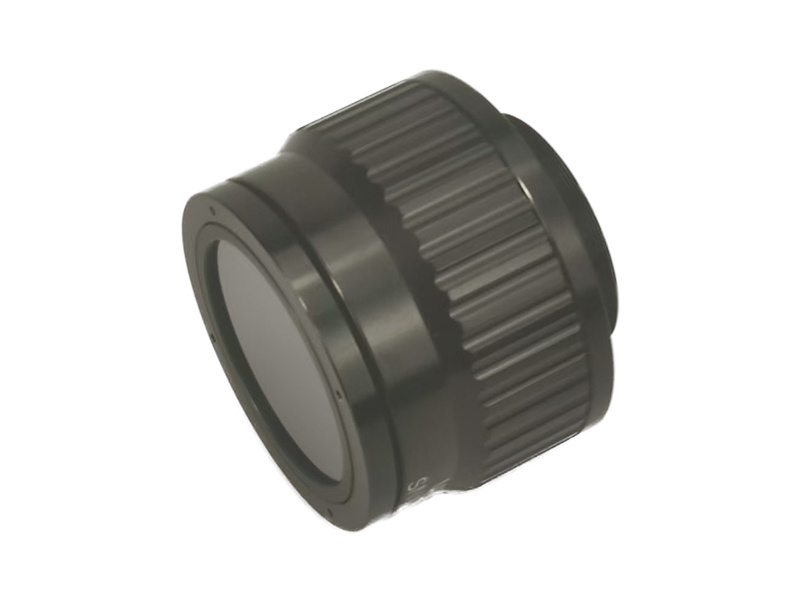
Exploring the Microscopic Thermal World: Wuhan Clear Releases New 3X Microscopic Long-Wave Infrared Lens
23 Aug,2025
Wuhan Clear Technology Co., Ltd. has launched its newly developed 3X microscopic long-wave infrared lens, designed to provide scientific research and industrial users with an unprecedented microscopic thermal imaging experience, unlocking more unknown details.
This 3X microscopic long-wave infrared lens is specifically optimized for integration into long-wave infrared (LWIR) microscope systems, boasting exceptional optical performance and a stable mechanical structure. It clearly and accurately converts the thermal radiation information of microscopic targets into high-contrast thermal images, with an operational wavelength range of 8μm to 14μm, perfectly matching uncooled infrared detectors.

The core technical advantages of the product include:
High-Resolution Imaging: Utilizing advanced optical design and precision manufacturing processes, it effectively enhances the spatial resolution of the system, enabling the detection of finer temperature variations and structural features.
3X Magnification: Optimized for microscopic observation scenarios, it provides恰到好处的 magnification capability, making it an ideal choice for chip analysis, material research, and biological sample observation.
Exceptional Thermal Stability: With outstanding athermalization performance, it maintains focus stability across a wide temperature range, ensuring clear and consistent imaging while avoiding the need for repeated refocusing due to environmental temperature fluctuations.
In terms of application scenarios, the lens is highly versatile. In semiconductors and microelectronics, it is used for failure analysis of integrated circuits (ICs), hotspot detection, and packaging reliability studies. In materials science and R&D, it aids in observing stress distribution within materials, crack propagation, interface characteristics of composite materials, and research on the thermophysical properties of new materials. In life sciences and medical research, it is employed to study microscopic thermal effects in biological tissues, vascular distribution, and temperature change monitoring during drug screening processes. In the field of precision manufacturing, it enables non-contact, non-destructive testing and quality assessment of microelectromechanical systems (MEMS) and precision components.
23 Aug,2025
Classification:
Company News
Latest Contents







